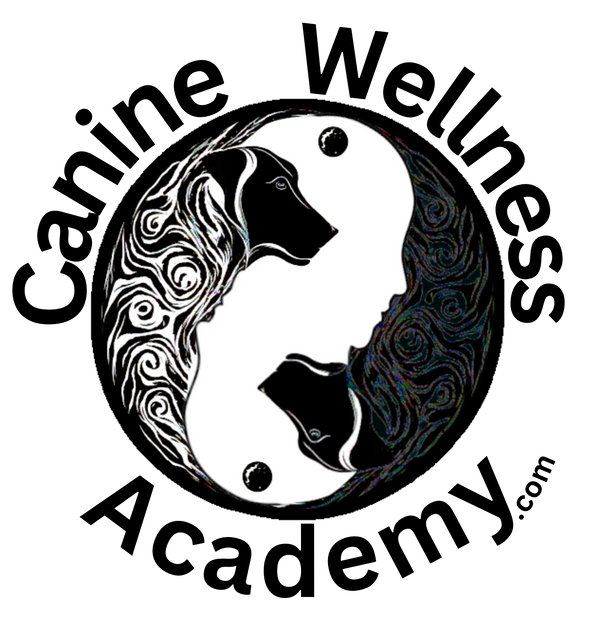Our dogs watch us more closely than anyone else does. They notice the tone of our voice, the pace of our breath, and the tension in our shoulders. In The Complete Guide to Canine Wellness: Caring for Both Ends of the Leash, we shared that wellness isn’t one-sided, it’s a shared process. When we take care of our own bodies and minds, our dogs benefit just as much as we do.
Human wellness is an often-overlooked piece of canine wellness. Your mindset, habits, and nervous system set the tone for your home. Every emotion you bring into the room becomes part of your dog’s environment. When you regulate yourself, you help your dog feel safe, understood, and steady.
The Human-Dog Connection
Dogs are expert observers of human emotion. They’ve evolved to tune in to our facial expressions, body language, and even our heart rate. That’s why your dog may seem to “just know” when you’ve had a hard day. It may seem like magic, but it’s empathy in motion.
This connection is the foundation of co-regulation. When you stay calm, your dog’s nervous system naturally mirrors yours. When you’re tense or frustrated, they pick that up, too. Over time, these small energetic exchanges shape how your dog reacts to the world. Your energy becomes their baseline for safety.
Learning to steady yourself, through breathing, mindfulness, or movement, is one of the most powerful things you can do for your dog. It’s about more than your mood. It’s about physiology. Calm humans help create calm dogs.
Stress Transfers Both Ways
Just as your dog can sense your stress, their stress can also affect you. This feedback loop is part of life together. If your dog struggles with anxiety, barking, or restlessness, it can raise your own tension, which in turn feeds theirs. Breaking that cycle starts with awareness.
Start by noticing your own reactions. When your dog is agitated, how do you respond? Do you tighten your voice, hold your breath, or rush to fix it? Instead, take a slow inhale and soften your body. Your stillness signals safety far more effectively than any command.
Managing your own wellness creates the emotional climate your dog lives in. When you prioritize rest, movement, and self-care, your dog benefits directly. A healthy, balanced human makes a more confident, consistent guide.
Co-Regulation in Everyday Life
Co-regulation doesn’t have to be formal or forced. It’s the quiet moments that matter most. Sitting on the couch with your hand resting on your dog’s back, walking in sync, or sharing a deep exhale, those moments teach your dog how to return to calm.
If you’ve read The Bond as the Foundation of Wellness, you already understand how emotional connection builds trust. Co-regulation takes that one step further, turning trust into shared stability. You and your dog become each other’s mirrors, learning to find balance together.
Practical Ways to Support Your Own Wellness
You don’t need elaborate routines to make a difference. Start with small, sustainable habits:
• Take a mindful breath before calling your dog or giving a cue.
• Go for a walk without your phone and focus on matching your dog’s pace.
• Set aside quiet moments each day with no agenda, just shared presence.
• Use tools like the Better Dog People Workbook to reflect on how your energy shifts and how your dog responds.
These practices improve not only your relationship but your own clarity and resilience. You’ll find that your dog relaxes more easily, listens better, and recovers faster when you do.
Wellness for Both Ends of the Leash
True wellness is never separate. When you choose calm over chaos, reflection over reaction, your dog learns from you. And when your dog rests peacefully beside you, you’re reminded to slow down too. It’s a shared cycle of healing and balance. One that starts with intention and compassion.
Reflection
Take a few quiet minutes tonight to simply breathe with your dog. Notice their chest rise and fall beside yours. In that shared rhythm lies the heart of canine wellness.

